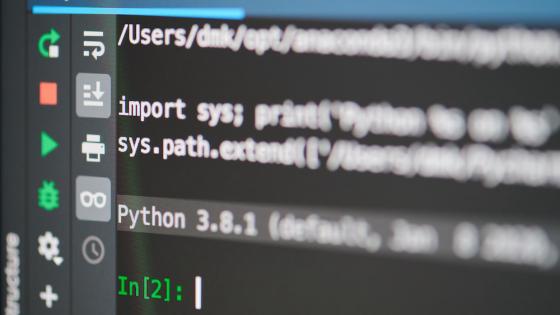DP13210 Matlab, Python, Julia: What to Choose in Economics?
We perform a comparison of Matlab, Python and Julia as programming languages to be used for implementing
global nonlinear solution techniques. We consider two popular applications: a neoclassical
growth model and a new Keynesian model. The goal of our analysis is twofold: First, it is aimed at helping
researchers in economics to choose the programming language that is best suited to their applications
and, if needed, help them transit from one programming language to another. Second, our collections
of routines can be viewed as a toolbox with a special emphasis on techniques for dealing with high dimensional
economic problems. We provide the routines in the three languages for constructing random
and quasi-random grids, low-cost monomial integration, various global solution methods, routines for
checking the accuracy of the solutions, etc. Our global solution methods are not only accurate but also
fast. Solving a new Keynesian model with eight state variables only takes a few seconds, even in the
presence of active zero lower bound on nominal interest rates. This speed is important because it then
allows the model to be solved repeatedly as one would require in order to do estimation.

